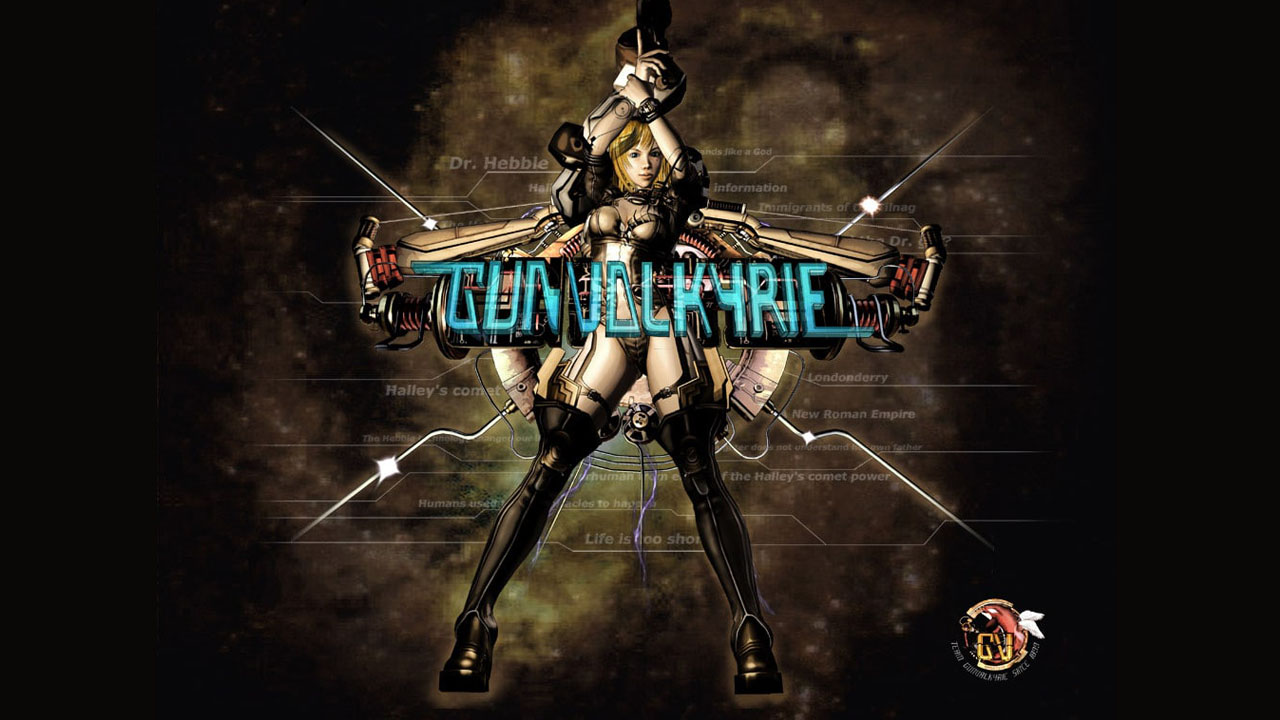
Gunvalkyrie was an action game that was ahead of its time, so we decided to do a Gunvalkyrie review. Before the Earth Defense Force games were a glint in the eye of the Simple Series, Smilebit was the first to come up with a run and gunner with gigantic insect aliens.
However, because it was also one of the first of its kind, it also was very flawed. By 2002, game developers were finally realizing the dual-analogue controller’s potential for shooting games. Halo: Combat Evolved set the standard on Xbox (despite Alien: Resurrection doing it first on PlayStation a year earlier) and every developer adopted this control scheme.
That is… everyone but Smilebit. Gunvalkyrie still uses the tank-style control method that most 3D action games used through out the 90s. Not that this was what made it unplayable by modern standards- instead, what holds Gunvalkyrie back is its utter lack of variety and content. Has this forgotten Xbox exclusive aged well? Find out in our Gunvalkyrie review!
Gunvalkyrie
Developer: Smilebit
Publisher: SEGA
Platforms: Xbox (reviewed via Xbox Series X|S backwards compatibility)
Release Date: March 18, 2002
Players: 1
Price: $9.99 USD
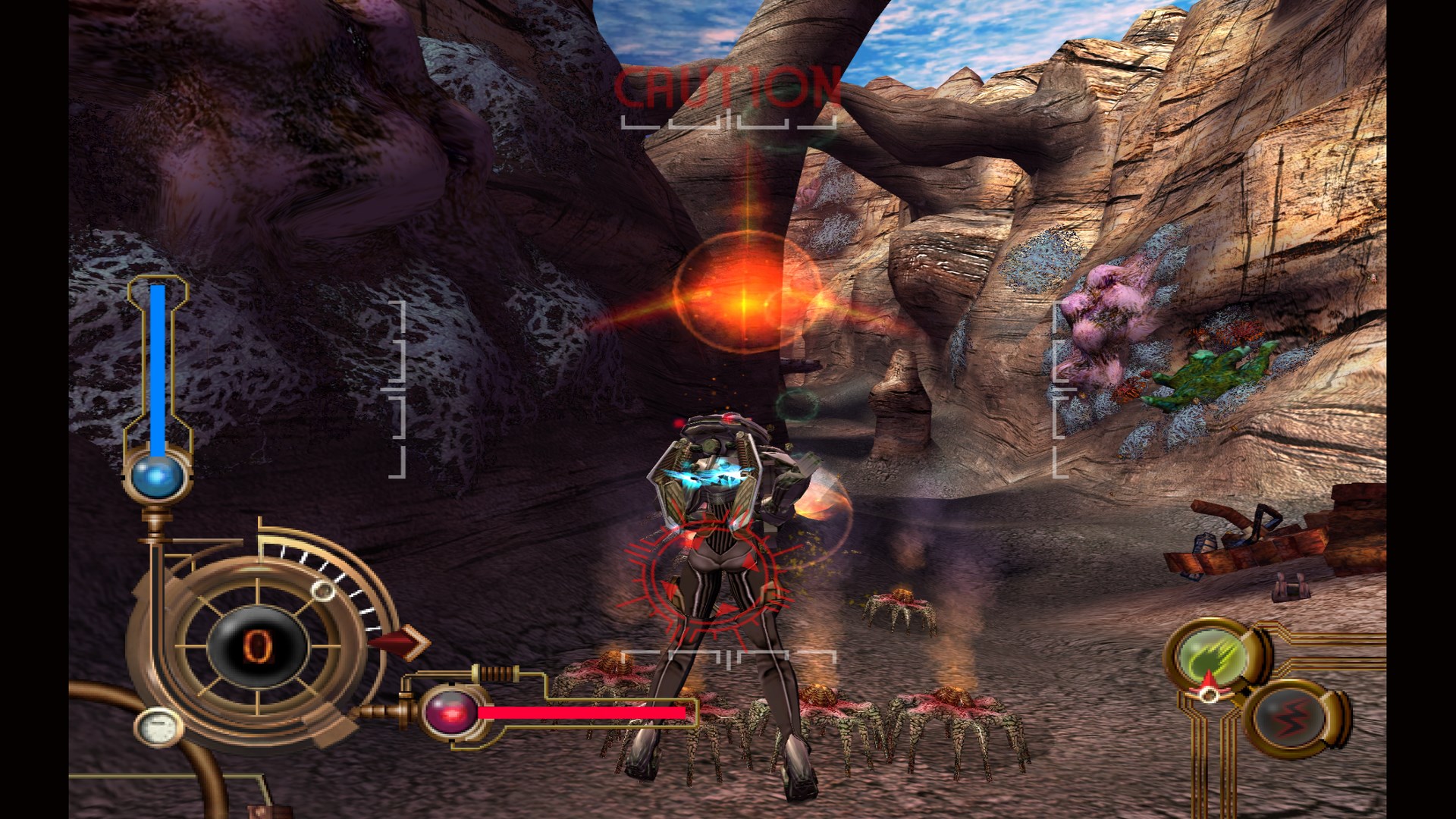
Gunvalkyrie has a very humble beginning with a wall of text that explains the backstory. It is a clumsy and uninteresting introduction, but honestly; expecting a lavish production for the intro to what is a budget game about giant bugs from SEGA might have been unrealistic. Even if the intro is lazy, at least the electrifying title screen looks cool.
It is set in an alternate timeline where the British Empire managed to take over the whole world and even colonize off-world. Probably the most unbelievable aspect of the story is that the Royal Family managed to take over anything- not the magical comet or the mutating colonists who became monster bugs.
The story in Gunvalkyrie will probably wash over and roll off anyone who plays it. There is nothing really to attach onto. No emotional core or defined motivations outside of some evil scientist with a vague threat. The two playable characters have no personalities and are distinguished by their admittedly cool designs and gameplay differences.
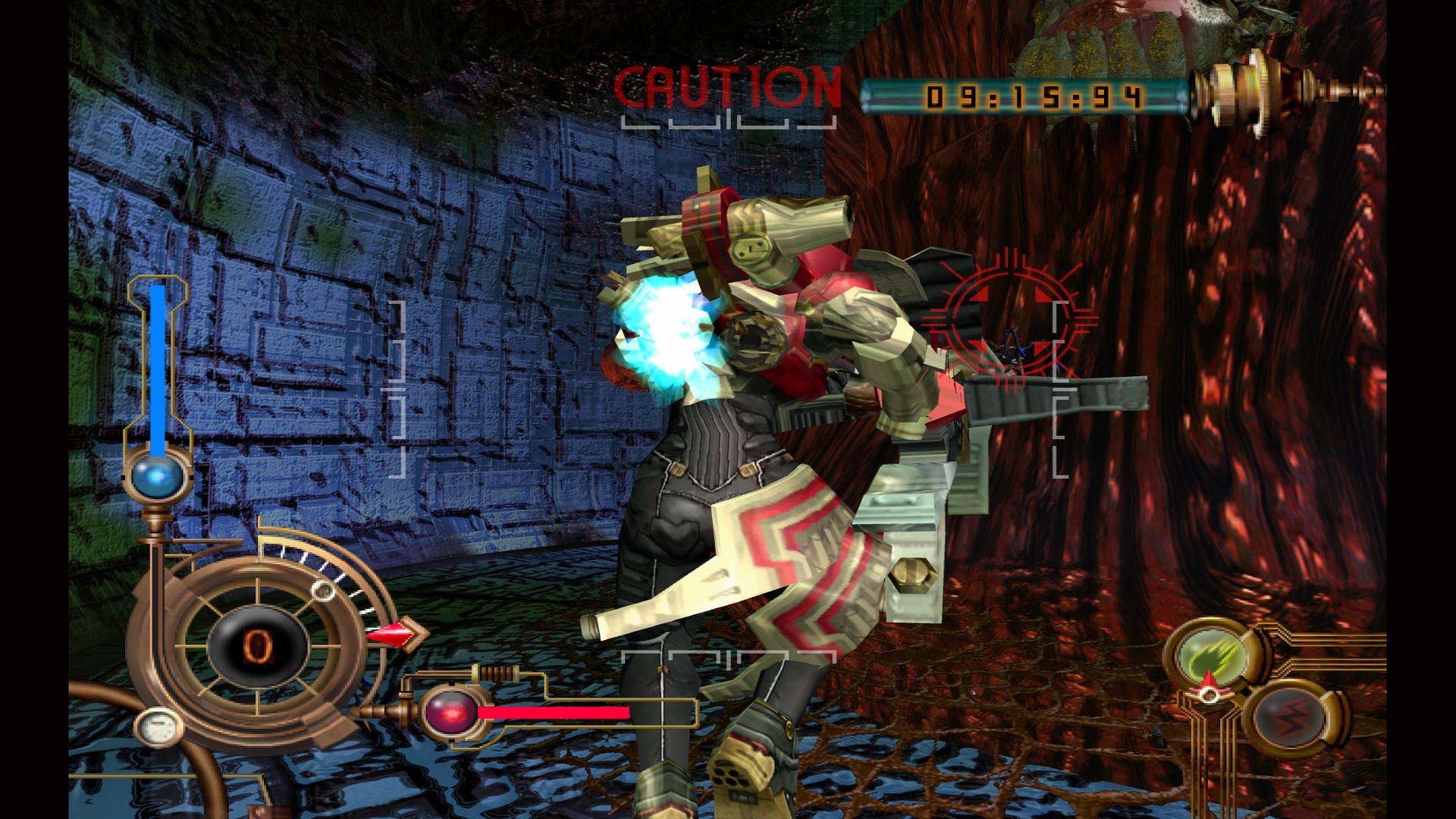
Kelly is the sexy lady who gets to lock on to multiple targets, generally moves fast and is so much more easy on the eyes. Saburouta is a large and burly cyber-samurai looking guy who is slow moving, and requires accuracy with his more powerful rifle. He also cannot upgrade his armor and is generally less fun to play as.
Before Kelly or Saburouta can jump in and start blasting bugs to smithereens, expect to take a moment to figure out the controls of Gunvalkyrie. This is not a normal shooter- even by tank-action game standards. The A button does absolutely nothing while controlling any character and the other three face buttons switch to their respectively assigned weapon.
The left trigger is for jumping and the right for firing. The triggers only display the map and time in the stage. So far, this seems manageable, but then it dawns on the player that this is an action game with a heavy reliance on boosting/dashing with a rocket and then you realize that the A button is still unused.

How does one utilize Gunvalkyrie‘s core mechanic? By pressing in the left stick, of course. This never feels right even after hours of mastery. What makes it unbearable is that since the action is tank-based and requires turning when steering left or right, making quick dashes to the left or right compromises accuracy while moving.
Thankfully, the Xbox Series X|S console has a feature that permits button remapping and players can reconfigure the controls to anything that would make more sense (like using the unused A button), but it is highly inconvenient when switching to another game and having to do it again later.
You’ve managed to adapt to the controls of Gunvalkyrie and stuck with Kelly because Saburouta is a garbage character. There is a swelling sensation of confidence as Kelly can boost through the battlefield, weaving in and out of the range of threats. Now comes the greatest challenge of Gunvalkyrie; aerial combat.
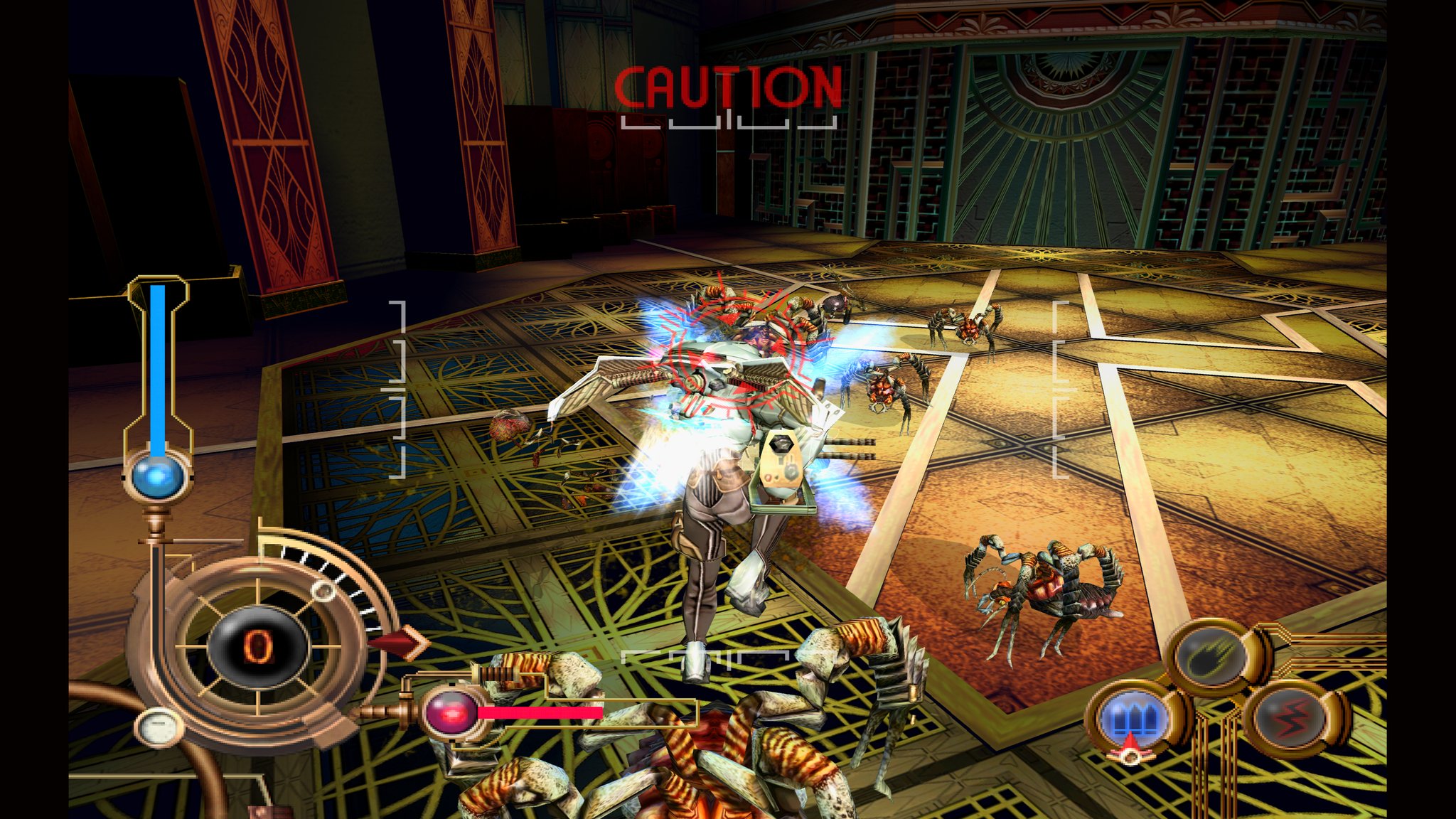
Getting good at Gunvalkyrie means getting all the mileage possible out of the boosting and it is much trickier than it seems. Indolence will mean defeat, so keeping mobile is crucial for survival. On the ground, expect to get overwhelmed with bugs, even with a souped up cannon.
Getting in the air and staying there is one of the safest means to overcome a hoard of monsters. A vast majority of the game may demand players to launch themselves high up from various platforms, only to spend a lot of time looking down and firing everything they got.
This is very repetitive and ultimately, Gunvalkyrie proves to be a massive disappointment. Even worse is that there are only 10 stages and a majority of them reused the same couple of theming. There only a handful of actual cutscenes and levels cannot be replayed until new game plus.
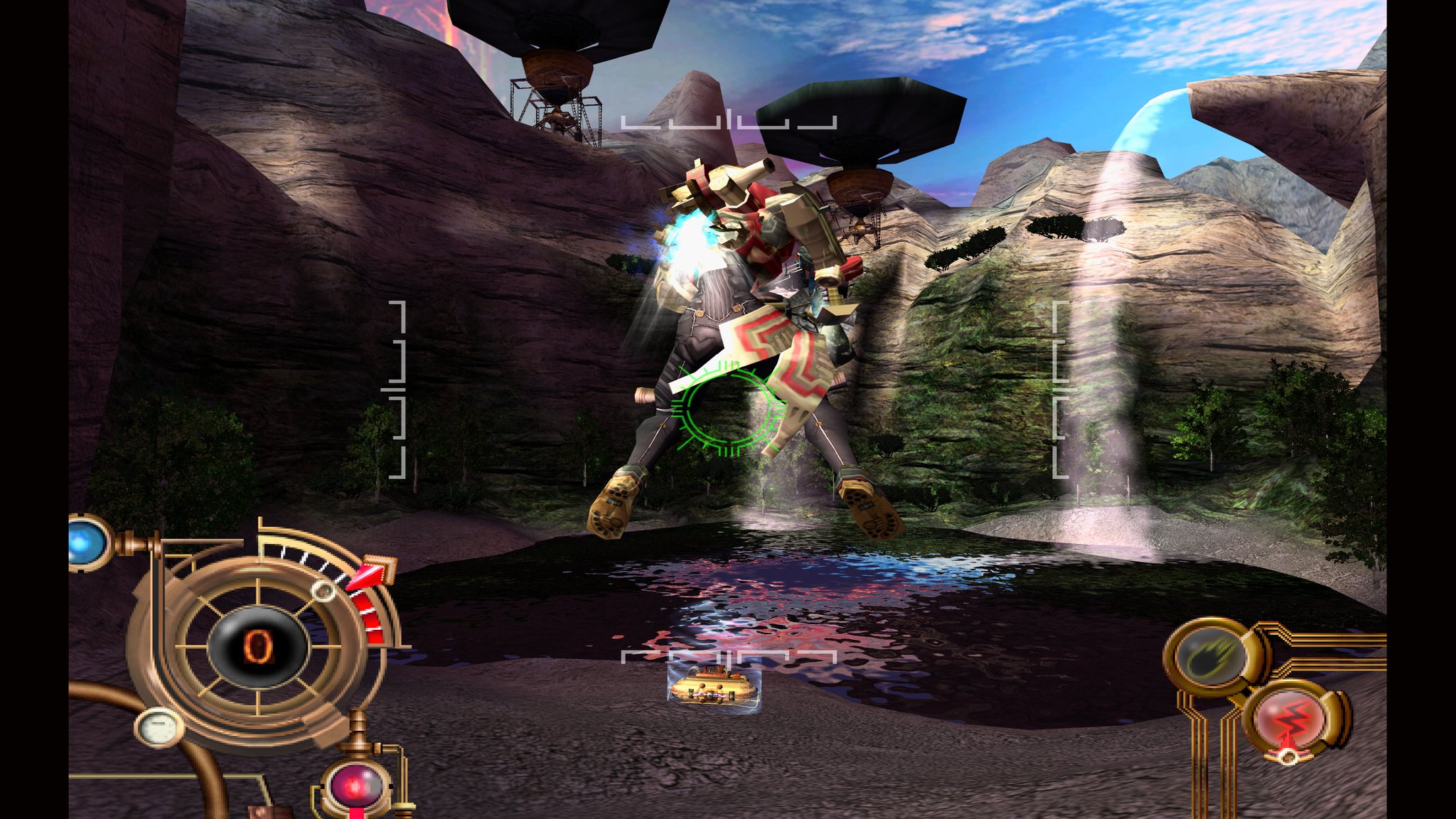
The powerful napalm area attack loses its use later on and the upgrade for it is too expensive without saving up early on. Not being able to replay cleared levels is a massive strike against the enjoyment of the action. There is no way to get practice when progress pushes the player forward so harshly.
Gunvalkyrie comes off as an incomplete game. The paper thin story and presentation and the utter lack of control options suggest that Smilebit probably didn’t put enough time into playtesting. For all its painfully obvious shortcomings, Gunvalkyrie does still manage to impress with its visuals which hold up nicely, 20 years later.
The backwards compatibility on Series S boosts Gunvalkyrie‘s frame rate and locks it to a perfect 60fps as one would expect. Image quality is boosted to a very clean 1080p and even the load times are way faster than they ever were.
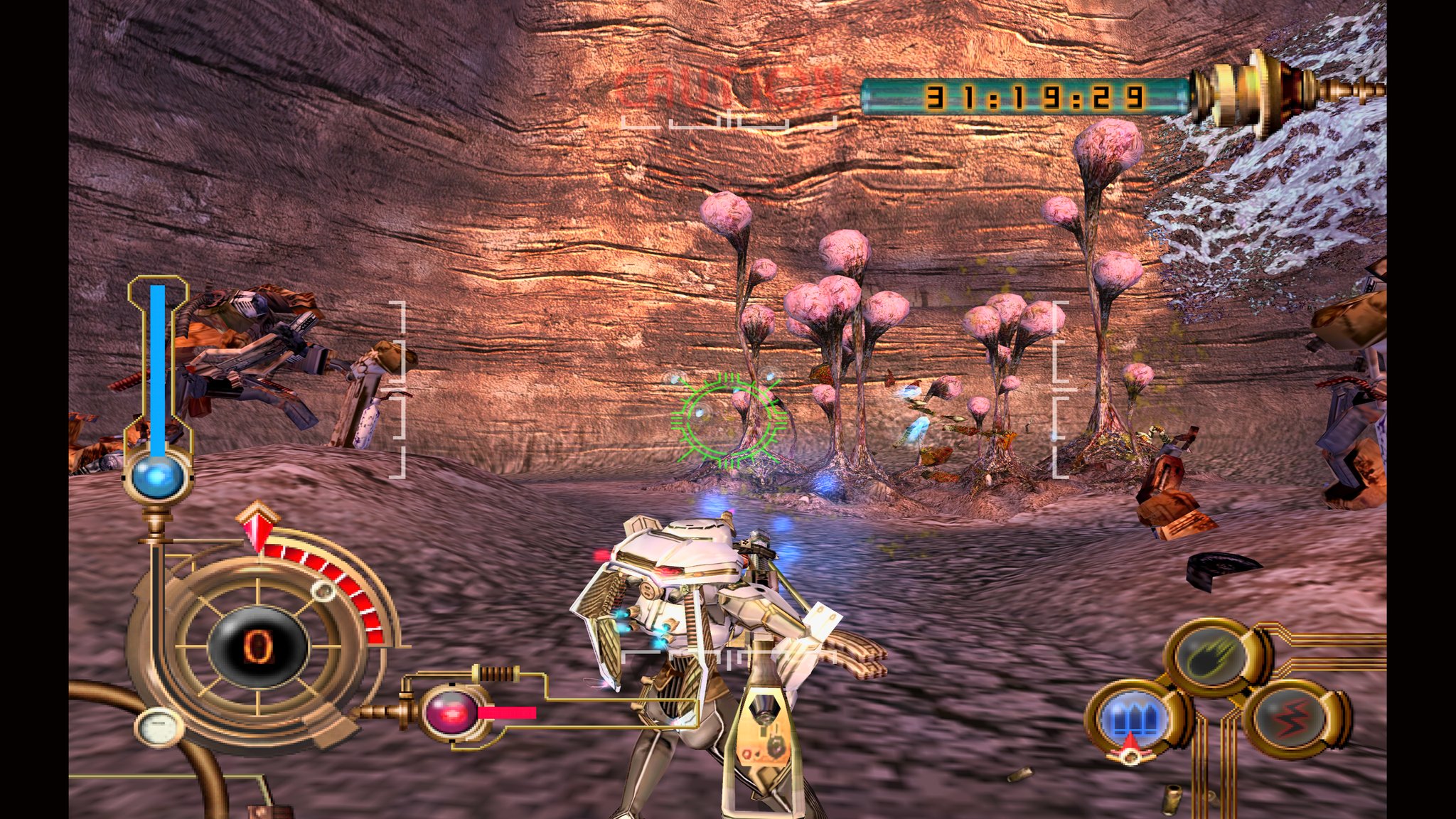
When Gunvalkyrie came out, it impressed with a large group of enemies that could fill the screen. They were complex 3D models at the time and thanks to Smilebit’s deft art direction, characters and monsters look really cool. Kelly’s figure especially stands out and the art team’s top men emphasized her shape with her outfit.
The environments are a mixed bag. While they do have some weird and fascinating designs in their textures, the overall layouts and are boring. They are often built to be really big to permit boosting and to allow huge amounts of enemies, but they still manage to feel cavernous and empty- even with platforms.
The most disappointing aspect of Gunvalkyrie is its tiresome and repetitive gameplay. The unconventional controls can be adapted to, but nobody can adapt to boredom. At around five hours, gamers will see everything Gunvalkyrie has to offer and even then, it will feel like 15 hours.
Gunvalkyrie was reviewed on Xbox Series S using a copy purchased by Nichegamer. You can find additional information about Niche Gamer’s review/ethics policy here. Gunvalkyrie has been available for Xbox (also Xbox One and Xbox Series X|S via backwards compatibility).